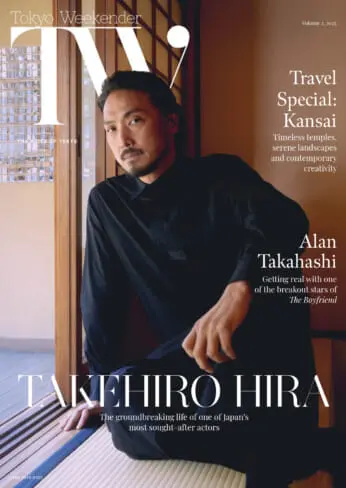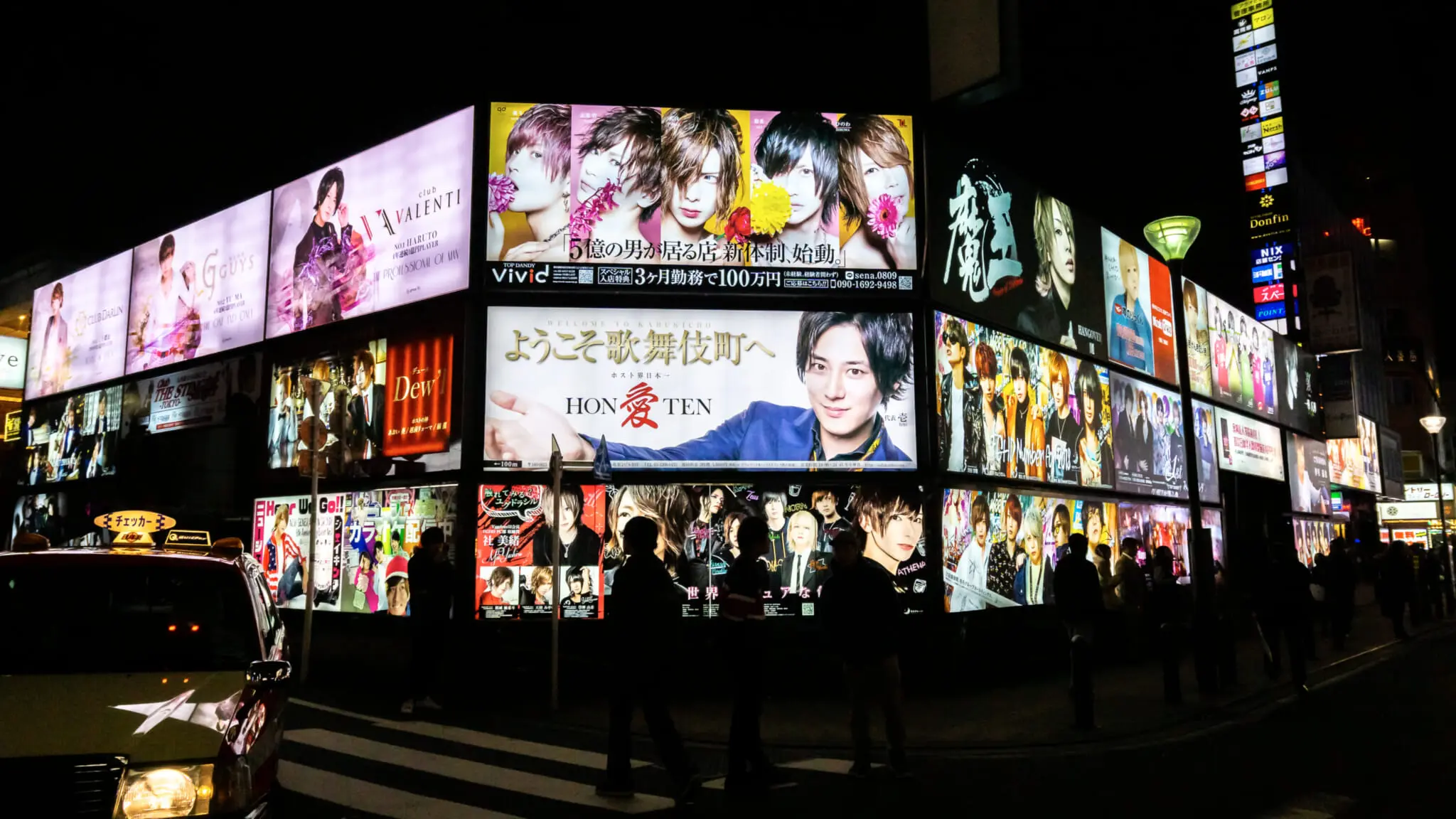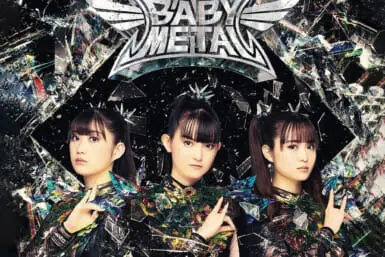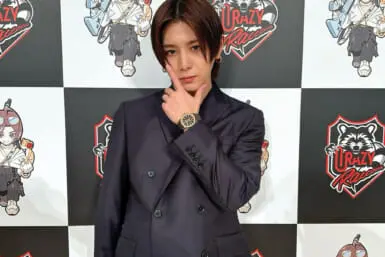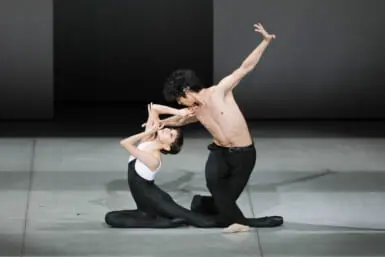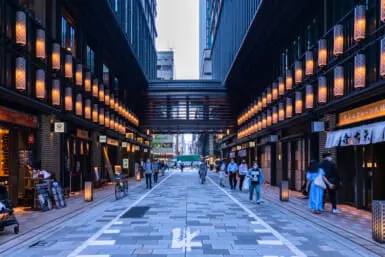If you’ve ever been to Kabukicho, you’ve likely seen a certain type of young man. Slicked back hair, often dyed a lighter shade, pale foundation, perfectly manicured eyebrows and distressed jeans complete their uniform as they lurk around, attempting to dazzle and charm female passers-by. This is a stereotypical host — a male entertainer who works at a host club, a type of nightlife establishment where (usually female) patrons pay for the privilege of hosts’ company and attention.
In Japan, host clubs are widespread and widely accepted, alongside hostess clubs, where attractive, young women entertain male customers. There are around 1,000 host clubs in the country, with around 320 of those concentrated in Shinjuku’s Kabukicho. It’s an intensely lucrative industry; a top-earning host can make tens of thousands of dollars — if not hundreds of thousands — in a single month, though such high earners are rare. In general, hosts are known for being attractive and charming, and for making their customers feel special and adored.
On paper, the relationship between a host and his customer is professional, centered on the exchange of money for conversation, drinks and attention. But the industry also has a darker side.
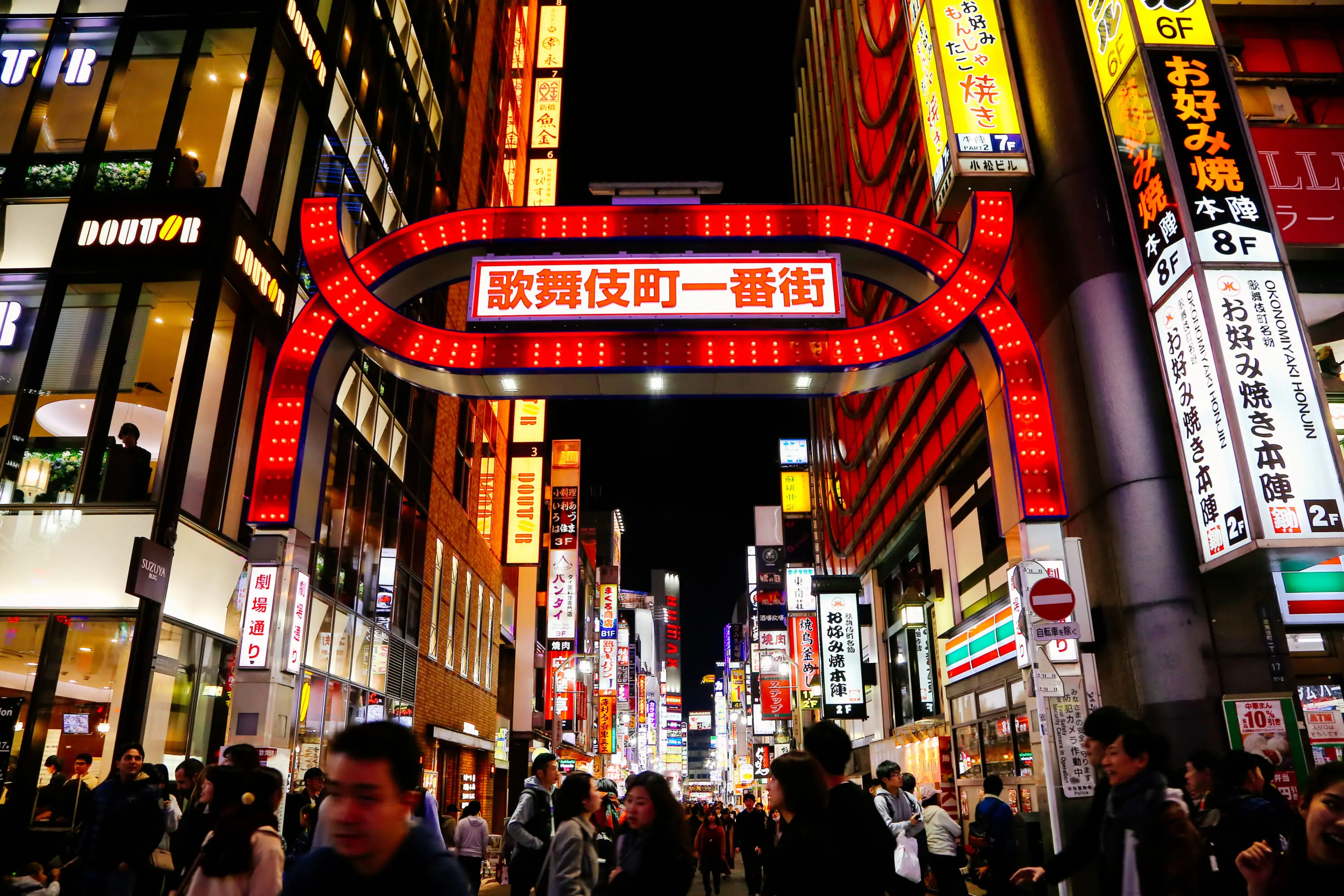
History of Hosting
The exact origin of host clubs is unclear, but many point to a gradual evolution, starting in a club called Night Tokyo near Tokyo Station. Night Tokyo hosted cabaret events, which pivoted towards targeting prosperous older female clients. The club needed male dancers to accompany the women, and began a system where aspiring ballroom dancers could pay to be dance partners. They would make the money back in tips from customers.
Six years later, in 1971, a former host who’d worked at Night Tokyo opened Club Ai (Club Love) in the Kabukicho area of Shinjuku. This marked the beginning of Kabukicho as a host haven. The hosts back then wore suits and ties, just like the dancers at Night Tokyo.
According to host-turned-club owner and author Maki Tetsuya, throughout the 80s, the number of host clubs grew, and they started to diversify their offerings — some began to market their “young” hosts, for instance — and the dance floors began to disappear, leaving tables only. This is the current host club format. Maki notes that in the first club he worked at, in 1997, the space was tiny, only able to fit around 20 people in total, and that this was typical of host establishments at the time. Nowadays, larger clubs can fit more than double that amount, spread across spacious tables.
By 1996, there were around 200 host clubs in Japan, many of them in the Kabukicho area of Shinjuku. This also heralded the start of the host club boom, which saw the amount of host clubs grow exponentially. As the industry expanded, the phenomenon of celebrity hosts started to emerge. One of the most well-known hosts at the time was known as Reiji, a host based at Club Ai, who regularly appeared on Japanese television, guesting on nighttime talk shows.

The Host Club System
A host is a guy who charms customers who come to drink with them. It’s a host’s job to persuade their client to buy as many drinks as possible. The drinks the client buys contribute towards the host’s commission. The client also pays a fee for being in the club.
Pricing
The fee for being in the club varies depending on the type of establishment, but at the relatively ethical host group run by Maki, Smappa!, fees for entry start at ¥13,000 for two hours. The drinks at a host bar are more expensive than other typical bars, as most of the money comes from selling alcohol and soft drinks. Prices for beer is typically around ¥1500, going up to thousands of dollars for certain bottles of champagne. The champagne also comes with a performance from the host and his colleagues in the club.
The host will pay the client a lot of compliments, generally talk them up and tell them things they want to hear, which often includes flirting.
Host Bar Ranking
Walking around any of the host club areas of Japan, you’ll probably notice how many big, brightly-lit sign boards are plastered on buildings and across the side of trucks. Many of these will feature a host’s face, alongside a number and a ranking. This ranking refers to how much money the host has brought into the club within a certain period of time in regard to the other members. It also shows much money they made within that period.
This ranking is both a source of pride and shame for hosts. Imagine being number one in your club, with your face plastered across the windows — until you aren’t.
It can also be a point of competition for their customers too, who might pay an excessive amount of money just to get “their” host to number one.
What Happens in a Host Bar
First-time customers to a host club have a special “first meeting.” For a comparatively small, fixed price, they can spend an hour or so being hosted by a parade of men, all vying for their affection. At the end of their time, the customer will select the host they were most taken with.
This selection is called shimei in Japanese, and being selected is very important for hosts. Once you have regular customers, you can start earning money from them directly, and this contributes to your earnings.
Once the host is selected by the client, the client cannot change their mind and swap them out for another host for as long as she frequents that club. After shimei, the customer receives the host’s personal contact information, and can message him at any time; if they’re planning to go to the club, they can make sure their host will be there.
Typical Host Club Customers
Even though host clubs began targeting older women and housewives, in recent years the demographic has shifted.
Nowadays, younger women frequent the clubs as well — often those who work at the female version of host clubs as hostesses (known as kyabakura in Japanese). These women are paid to be charming to men and put up with their flirtations for the night; after shift, they can then go to relax, in an environment that’s the exact opposite.
Host Club Controversies: Debt and Exploitation
In the past few years, some host clubs have begun a practice called urikakekin, which means putting down a tab to buy alcohol for the evening and paying later. It’s a loan, essentially. But some of these loans have drawn headlines in recent years, as they can lead to women racking up millions of yen of debt and turning to sex work to pay for the ever-increasing amounts.
Earlier this month, for instance, CNN spoke to a 41-year-old woman who says she was coerced into sex work after racking up a bill of 25 million yen (about $165,000) at a Kabukicho host club.
“He asked me, ‘How are you going to pay me back?’” she told the outlet, “and when I said I didn’t know, he said, ‘Go abroad for sex work.’”
Although not all host clubs engage in exploitative and predatory practices, it’s a definite problem in the industry. As CNN notes, Tokyo police inspected 176 host clubs in Kabukicho this past December and found regulatory violations in 75% of them. The most common violations included not clearly displaying the price of alcohol and placing menus out of sight.
The Future of Hosting
As a result of its hierarchical nature, commissions structure and the predatory nature of urikakekin, the hosting industry has attracted a fair share of rightful criticism. But, when it’s performed in a way that doesn’t seek to exploit or mislead customers, it’s a relatively harmless pursuit that anyone who wants to spend their money on should be able to do.
Certain groups, such as Smappa! run by Maki, have policies in place such as base wages for hosts and a ban on urikakekin. We’ll see how this plays out in the next few years. Hopefully, with a little awareness, the problems will reduce.
